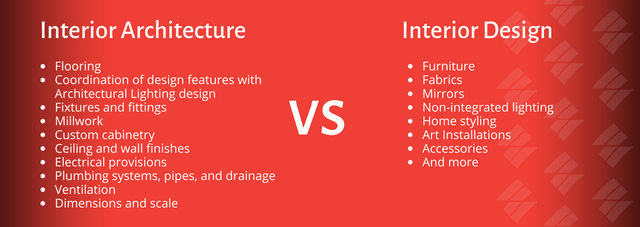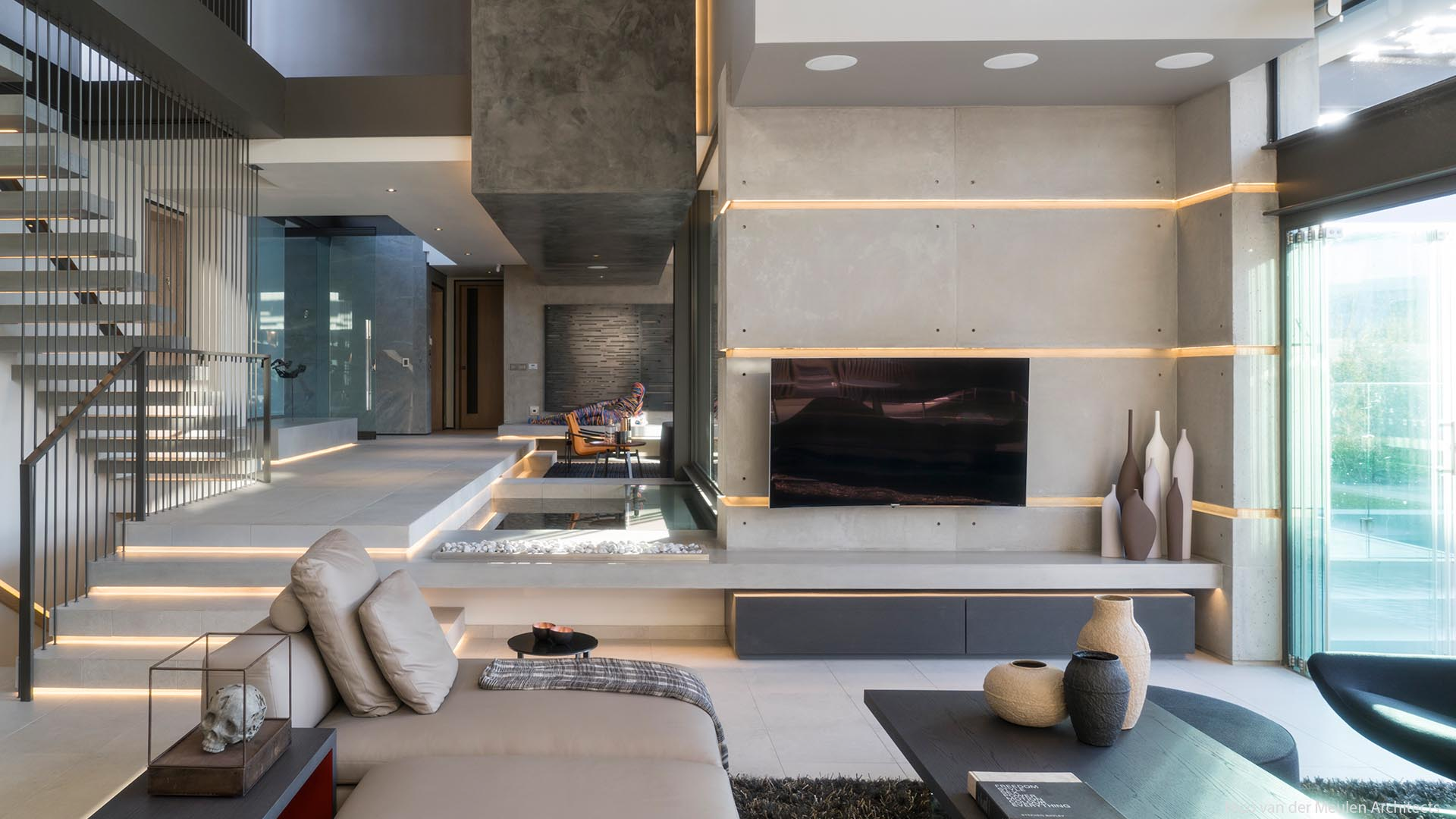Optimizing Visual Appeal: The Synergy Between Interior Design and Home Engineer Strategies
Understanding the subtle interaction in between interior decoration and home style can significantly elevate the aesthetic allure of a home. This marriage of design self-controls involves a thoughtful combination of building aspects with interior layouts, and a proficient application of principles such as equilibrium, rhythm, and comparison. As we explore this harmony, we will uncover methods to create aesthetically striking and functional environments that not just mirror individual style, however likewise adjust to the dynamic needs of contemporary living.
Comprehending the Fundamentals: Defining Interior Design and Home Design
Interior layout and home design, typically linked, stand for the architectural and aesthetic aspects of our living areas. Inside style is a complex self-control that involves producing useful, risk-free, and aesthetically pleasing areas inside a structure. On the other hand, home architecture primarily concentrates on the strong framework of a building.
The Harmony Clarified: Just How Interior Decoration and Home Design Intersect
Understanding the harmony between interior layout and home design can unlock a globe of creativity and functionality. The impact of design on insides is a critical aspect to consider when reviewing this crossway - Luxury home architect. This discussion will certainly concentrate on the unifying design concepts that mix these two areas into an unified whole
Unifying Layout Concepts
While it might seem that interior layout and home design are two distinctive self-controls, they are in fact deeply interconnected, forming a harmony that is crucial for developing unified space. Unifying design principles are the columns that facilitate this symbiosis. The principles consist of balance, rhythm, consistency, emphasis, and contrast. These components coalesce to offer a natural aesthetic appeal. Balance develops a feeling of stability, rhythm offers a sense of motion, harmony ensures unity, contrast stimulates interest, and emphasis accentuates key components. The calculated application of these concepts enables a seamless blend of looks and function, improving the total experience of the room. Essentially, these principles function as the bridge, unifying interior decoration and architectural practices.
Architectural Influence on Insides
The intertwining of indoor style and design ends up being even more apparent when one takes into consideration the building impact on interiors. Architectural components are inherent to a room's performance and aesthetics, forming the design from the start. Their harmony is thus undeniable: style establishes the structure, which interior design enhances with style, texture, and color.
Secret Principles in Balancing Interior Design and Home Architecture
Striking a balance between performance and appearance is an essential element of integrating indoor design and home architecture. A just as essential concept is the integration of sustainable style to develop energy-efficient and eco-friendly homes. Lastly, understanding and exploring numerous building styles can additionally play a crucial function in attaining a harmonious layout.

Stabilizing Capability and Appearance
Stabilizing capability and looks in indoor style and home style arises as one of the critical principles to take into consideration. Aesthetics uplifts the mood and affects the assumption of space, whereas functionality makes sure functionality and convenience. Just as important is the reliable plan of the area, with a well-planned design adding substantially to the synergy in between capability and aesthetics.
Lasting Style Combination
In preserving the equilibrium between performance and visual appeals, why not try here one must additionally take into consideration the assimilation of lasting style principles. This technique not only enhances the aesthetic charm of a space however also guarantees its longevity and lowered environmental influence. A harmonious fusion of interior design and home style, guided by sustainability, can produce areas that are attractive, useful, and eco pleasant.
Checking Out Architectural Styles
While there are a huge selection of building designs to check out, it is necessary to recognize that each one lugs its unique concepts that can considerably affect the harmonization of interior decoration and home architecture. These designs, varying from the luxuriant Baroque to the minimal Modernist, carry distinct philosophies and looks that, when appropriately comprehended and made use of, can produce homes that are not just visually stunning yet likewise harmoniously incorporated in regards to layout and style. Choosing a building style is not simply regarding individual visual choice; it has to do with selecting a style language that talks with the house owner's way of life, ideology, and goals, creating a home that is a real reflection of its residents.
Case Studies: Exceptional Examples of Design and Style Synergy
Delving into some exceptional study provides a profound understanding of how design and design can harmoniously combine to create functional and engaging rooms. The renowned Fallingwater house, developed by Frank Lloyd Wright, exquisitely demonstrates this harmony. Wright's style masterfully integrates the house with its surrounding landscape, while the indoor mirrors the outside's organic kinds. Another example is the minimalistic Tadao Ando's Church of Light in Japan. The architect accomplished a perfect equilibrium in between simplicity and drama, using raw concrete and light. Internally, the raw, minimal design develops a feeling of serenity and spiritual reflection. These examples show the significance of synergy in between interior decoration and design in achieving aesthetic and useful success.
Practical Tips: Enhancing Your Home's Aesthetic Appeal
Attracting motivation from the case studies of building and design harmony, homeowners also can implement some useful strategies to boost their home's visual allure. A harmonious mix of shades, appearances, and lighting can enhance a space, developing a warm and inviting environment. Choosing furnishings that complements the building components of your home can foster a sense of unity. Wall art and decor pieces can add character, mirroring individual More Info style and taste. Incorporating greenery, either with indoor plants or views to the outdoors, can bring an aspect of nature, delivering a calming impact. Brilliant use of mirrors can open up an area, offering an impression of a larger location. Eventually, the visual appeal exists in balancing capability with style, developing a home that is both lovely and livable.

Future Patterns: How Modern Techniques Are Transforming Interior Design and Style
As the globe advances, so do the patterns in interior decoration and design. Modern methods are significantly concentrating on sustainability, including energy-efficient styles and green materials. Innovation plays an essential role, with smart homes coming to be the standard, integrating AI and IoT for improved capability. In addition, minimalism remains to get grip, highlighting simplicity, performance, and clutter-free rooms. This is often combined with biophilic layout, drawing inspiration from nature and advertising health and wellbeing. The pandemic has sped up the demand for flexible, multi-purpose areas, blurring the lines in between work and home. These fads show a change in the direction of layouts that are not just cosmetically pleasing, yet also eco conscious, technologically progressed, and versatile to transforming lifestyles.
Final thought
Finally, the assimilation of interior layout and home architecture methods is a dynamic technique to boosting aesthetic charm. By leveraging essential principles like equilibrium, contrast, and rhythm, and incorporating components of contemporary living, designers can produce functional, aesthetically pleasing settings. Via recognizing this harmony, house owners can make educated decisions that not just boost their home however additionally add to their total wellness.
Understanding the refined interplay in between interior design and home design can significantly raise the visual allure of a living area.Interior design and home architecture, commonly linked, stand for the aesthetic and structural elements of our living rooms.While it might appear that indoor style and home architecture are two distinct disciplines, they are really deeply interconnected, creating a synergy that is crucial for developing unified living spaces.The intertwining of interior layout and style ends up being also more apparent when one considers the architectural impact on from this source interiors. An unified combination of interior layout and home design, directed by sustainability, can develop areas that are beautiful, useful, and environmentally friendly.